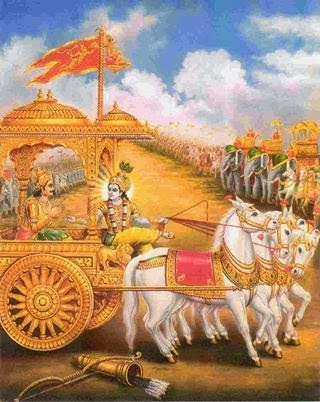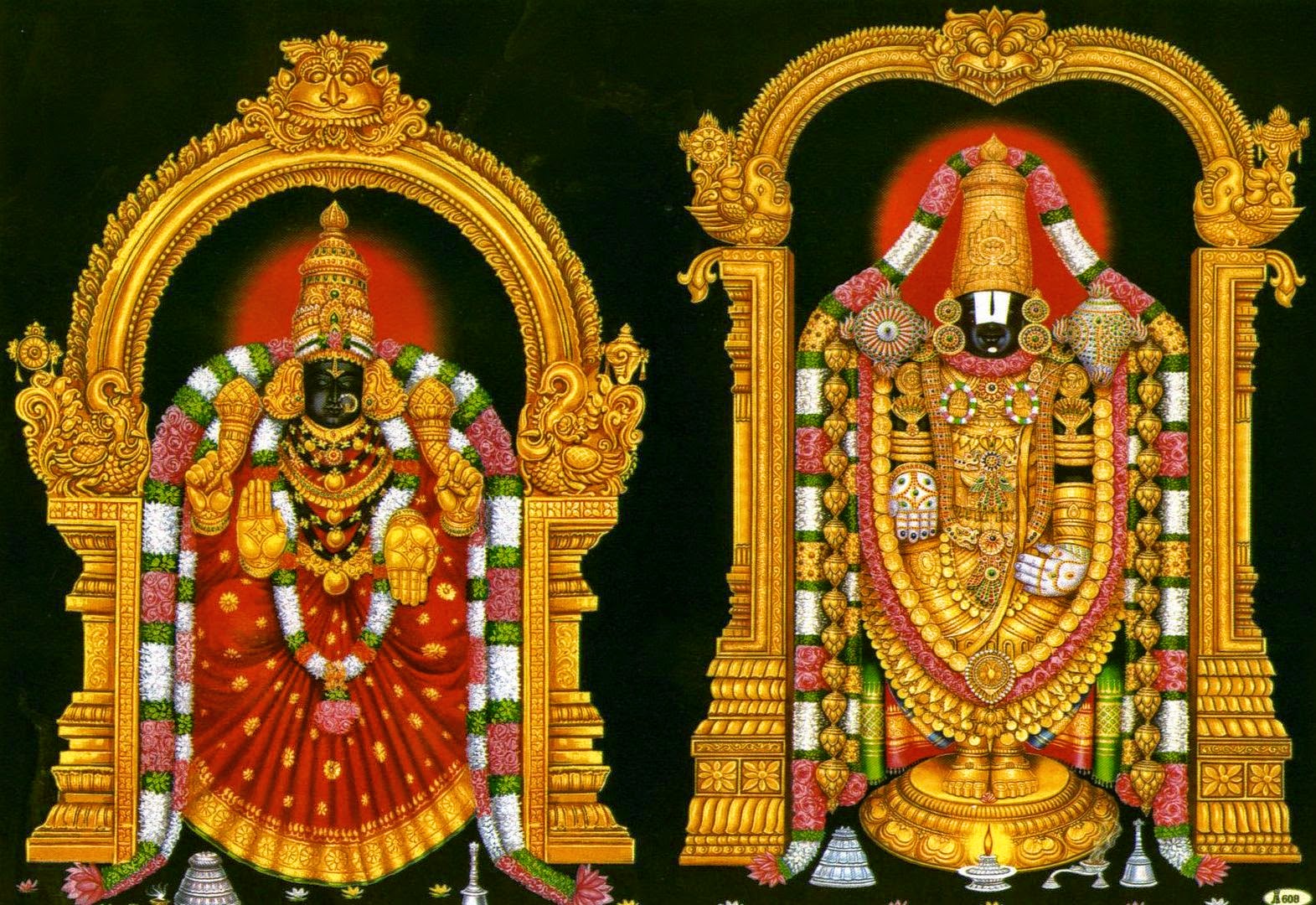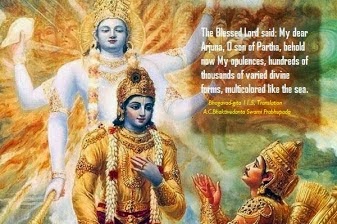The Spiritual Import of the Mahabharata and the Bhagavadgita : 5.
The Plight of the Pandavas :
Part-5.
The Puranas, particularly, embark upon an expatiation of the war that takes place between the devas and asuras, in a cosmic sense. Often people say the devas and the asuras described in the Puranas are allegories of psychological functions in individuals. These are all artificial, modernised interpretations, under the impression that that reality is confined to one section of life alone. We cannot say that there is no cosmic counterpart of the individual psyche. The Puranas are right; the psychologists also are right. It is true that there is a Ganga flowing in us in the form of the sushumna nadi, and there are the Yamuna and the Saraswati in the form of the ida and pingala. There is no gainsaying; it is perfectly true. But there is also an outward Ganga; we cannot deny it. The world outside and the world inside are two faces of the single composite structure of reality. So the battle between the devas and the asuras takes place in every realm and every phase of life. It takes place in the heavens, it takes place in the cosmos, it takes place in society, and it takes place within ourselves. The Mahabharata is not merely a depiction of a human series of events that happened some centuries back—though it is also that. It is a cosmic drama portrayed before us, at the same time coordinated with the psychological advancement that occurs in the process of individual evolution.
The Pandavas and the Kauravas are especially interesting today in pinpointing the subject of the conflict of the spiritual seeker. The Pandavas and the Kauravas are inside us, yes, as well as outside. The sadhaka begins to feel the presence of these twofold forces as he slowly begins to grow in the outlook of his life. There is a feeling of division of personality, as mostly psychologists call it, split personality. We have something inside us and something outside us. We cannot reconcile between these two aspects of our outlook. There is an impulse from within us which contradicts the regulations of life and the rules of society in the atmosphere in which we live, but there is a great significance far deeper in this interesting phenomenon. The opposition is between the individual and reality, as psychoanalysts usually call it. Psychoanalysis has a doctrine which always makes out that psychic tension or psychotic conditions of any kind are due to a conflict between the individual structure of the psyche and the reality outside. Well, as far as psychoanalysts are concerned, what they mean by ‘reality’ is the social set-up. When the individual psyche inside, with its emotions, desires, aspirations, etc. comes in conflict with the rules and regulations of human society, it finds itself incapable of fulfilling its inner urges. When the urges within are not allowed to express themselves on account of the mandates of the superego—we have to put it in the language of psychoanalysis—the social forms, there is no alternative except to revolt against society; rebel against the laws operating. Or if this is not possible for reasons obvious, to push these impulses inside the subconscious and finally the unconscious. If the first alternative is taken, one becomes an antisocial person, unwanted by people. One may come across as a criminal—that is what people call such a person. But if that is not an advisable and practicable move, one becomes a maniac, a crazy person, a tense individual with obsessions inside, and writhes in sorrows and grief at that time.
Swami Krishnananda
To be continued ...




Comments